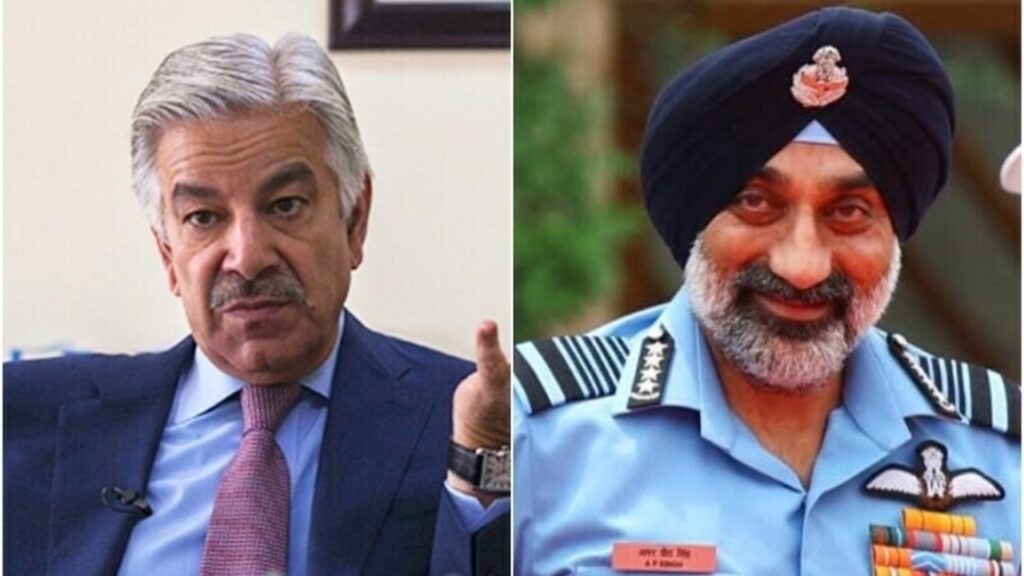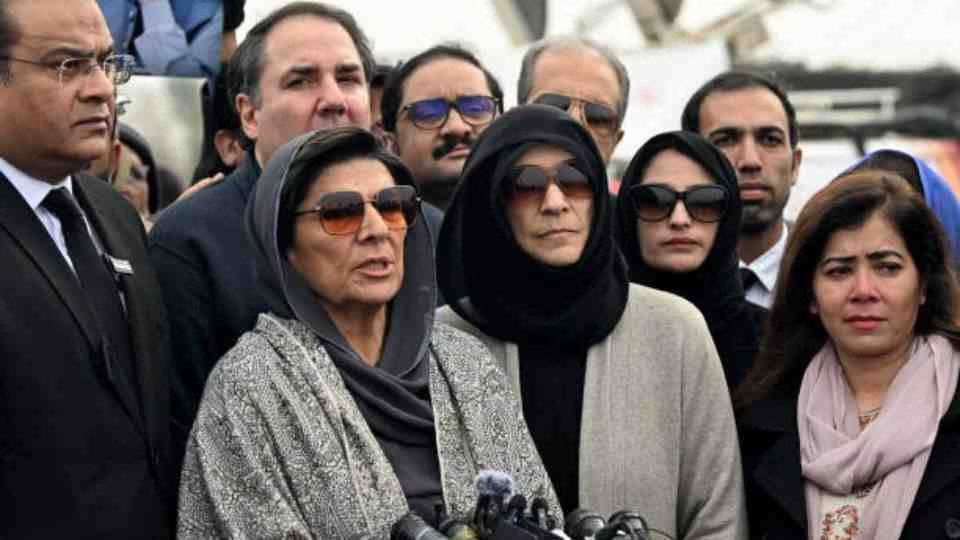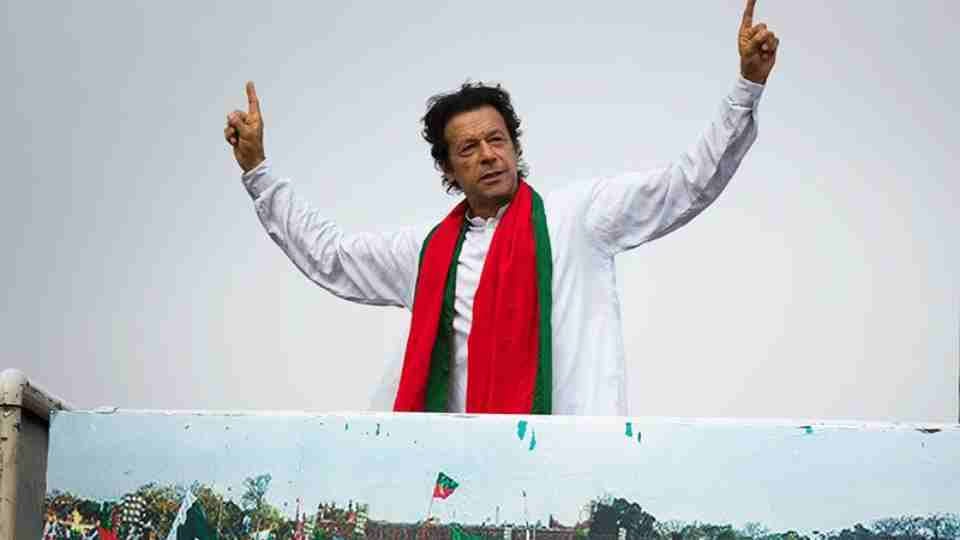Defence Minister Challenges New Delhi to Open Aircraft Inventories for Independent Verification
Pakistan’s Defence Minister Khawaja Asif has strongly rejected recent assertions by India’s Air Force chief regarding the alleged downing of Pakistani aircraft during May’s military confrontation, calling the claims “implausible” and “comical.”
Indian Air Chief Makes Delayed Victory Claims
Speaking at a Bengaluru event, Indian Air Chief Marshal Amar Preet Singh claimed his forces destroyed five Pakistani fighter jets and one surveillance aircraft during the May conflict. Singh attributed most kills to India’s Russian-made S-400 missile system and cited electronic tracking data as evidence.
The Indian official alleged that additional strikes hit parked F-16 fighters at air bases in Sindh and Punjab provinces, describing it as “the largest ever recorded surface-to-air kill.”
Pakistan Counters with Own Battle Assessment
Defence Minister Asif dismissed the Indian claims in a social media post, questioning why such assertions emerged three months after the conflict. He noted that Pakistan had immediately provided detailed technical briefings to international media following the May clashes.
“Not a single Pakistani aircraft was hit or destroyed,” Asif stated, claiming instead that Pakistan shot down six Indian jets, destroyed S-400 batteries, and disabled several Indian air bases.
Call for Independent Verification
The Pakistani minister challenged both nations to open their aircraft inventories to independent verification, suggesting this would “lay bare the reality India seeks to obscure.”
Asif warned that such “comical narratives, crafted for domestic political expediency” increase risks of strategic miscalculation in a nuclear environment.
International Observers Weigh In
Former Pakistani envoy Dr. Maleeha Lodhi called the Indian air chief’s claims “laughable,” noting it took “several months to count the planes” before making the assertion.
French Air Chief General Jerome Bellanger previously reported seeing evidence of three Indian fighter losses, including a Rafale aircraft. The Washington Post, citing expert analysis of visual evidence, reported at least two Indian aircraft were downed.
Intelligence Failure Behind Air Combat Losses
According to Reuters reporting, India’s intelligence miscalculation regarding China-made PL-15 missile range proved crucial to the aerial engagement. Indian officials believed the missile’s range was only 150km, while Pakistani forces fired from approximately 200km distance.
“We ambushed them,” a Pakistani Air Force official told Reuters, describing how the false intelligence gave Indian Rafale pilots overconfidence about their safety distance.
Political Fallout Continues
The May conflict, which required American intervention to achieve a ceasefire, has generated ongoing political criticism for Indian Prime Minister Narendra Modi’s government. Opposition parties have attacked the administration for alleged lack of “political will to fight” and security failures.
An Indian Navy Captain reportedly acknowledged Pakistani Air Force victories during a June seminar in Indonesia, according to The Wire publication, citing “strict political orders” that limited Indian targeting options to prevent nuclear escalation.
Background: The May Crisis
The military confrontation erupted following New Delhi’s unsubstantiated allegations against Islamabad regarding an attack in occupied Kashmir’s Pahalgam. The crisis involved tit-for-tat airbase strikes before American diplomatic intervention secured a ceasefire on May 10.






